Book Review of The Way of the Fearless Writer by Beth Kempton (Piatkus 2022))
Reviewer: Rebecca Otowa
(Beth Kempton is a writer and mentor who spent a year in Kyoto in the nineties, and has travelled back and forth frequently since then. Her books may be found on amazon.com.)
Now that the New Year’s season has passed and we are safely into 2023, many of us might be thinking, “How can I make my next year of life meaningful?” Here’s a book for you to find meaning in your own writing life.
The few moments of time for creativity that we carve out from the rest of our lives; the moments when we really feel we have something to express that has never been said in quite that way before; we wish to have them, and have more of them – no matter what our previous experience of writing has been. And we all think of ourselves as writers, else we would not be in this group.
As Beth says (p. 70) “… being a writer has nothing to do with other people’s validation, having things published, or being paid to write… Being a writer is writing. Being a writer is capturing things that spill from your head and heart, and putting them on paper. Being a writer is expressing the human condition and experience of existence in words.”
To this end, we can use this book as a guide to finding or re-finding our writing voice. Sprinkled liberally with anecdotes from her own experiences, Beth, who already has a flourishing online mentoring business called Do What You Love , and four other books published (including Wabi Sabi), here gives us guidelines for feeling our way (back) into the joy of writing.
The book presents writing as a practice for self-awareness, staying in the present, even enlightenment, and is based on three Gates of Liberation of Buddhist practice, called Mugenmon (The Gate of Desirelessness), Musoumon (The Gate of Formlessness) and Kuumon (The Gate of Emptiness). For each Gate section, there are four chapters, plus a Journey Note and a Ceremony when the Gate is safely passed. Tucked into each chapter are writing prompts in boxes, called “Write Now”. Other suggestions for writing are also provided, based on the theme of the chapter.
So, that covers the writing. Where does the “fearlessness” come in? I would say, both as a writer and as a Buddhist practitioner, that the book doesn’t pull any punches when it says that when you write, you may find yourself opening and mining memories of forgotten times, places and people and how they made you feel. It takes fearlessness to keep going when this happens, but the rewards are great. Because writing is, according to Beth, “about ritual, dedication and commitment, developing an acute awareness of beauty, dancing with inspiration, listening to the world outside yourself and going deep within.” (p. 7)
Sound like a tall order? It may seem daunting. But please allow me to add something of my own to this. Recently I had a long talk with a 26-year-old Assistant Language Teacher in my town (from Jamaica!), and she said that one of her perennial problems was that she lacked discipline. After many years of struggling in this department myself, I have come to the conclusion that within our character, either there is a bent toward self-discipline, or there isn’t. I know, after many trials, that to say to myself, “From now on, I’m going to do A every day” is a recipe for disaster. If you are a self-punishing type, it can be excruciating when, as inevitably happens, you fall from that lofty peak.
But I am not without self-discipline. I usually finish what I start, eventually. It’s just that I have found that, for me, making lists and telling myself, “if I don’t do this, I’m a terrible person” just doesn’t work. The Buddhist practice I am now doing says that everything, success, failure, whatever, is part of the path. And the path is something we will be walking all our lives, perhaps many lifetimes. So what’s the rush? What I told the ALT was this: Pick just one activity that you consider a high priority, whether it is eating breakfast, some cleaning chore, anything, and try to do it for a month. Don’t beat yourself up if you don’t do it every day. Just keep track of the number of days you did do it. At the end of the month, if you are satisfied with the total number of times you managed to do it, add another activity. If not, do another month concentrating on the first activity. And perhaps it would be good to consider WHY, sometimes, you were unable to do it. Maybe there was just no time that day, or your routine was disrupted. Maybe you just didn’t feel like it. And that’s OK. I did this in December with stretching exercises and walking. When I totaled them up, I found that I had only done these things 2/3 of the days of December. Well, that’s a lot better than 0. Maybe January will be better.
But some people thrive on this kind of discipline. No less a writer than Stephen King suggested that aspiring writers “write something every day”. A ritual can help, as Beth suggests. Treating writing time as a really important thing, not relegating it to minutes of tired time just before bed, etc., can help too. I think personally that it is important to know yourself when you attempt this kind of discipline. I think that just jumping in and writing can help with this self-awareness too. That’s really what Beth’s book is about. Self-awareness often requires fearlessness.
If you feel that now, in the New Year, is the time to pick up the reins (or the pen, or the keyboard) and write, this book provides an easy-to-read, friendly guide to doing that.

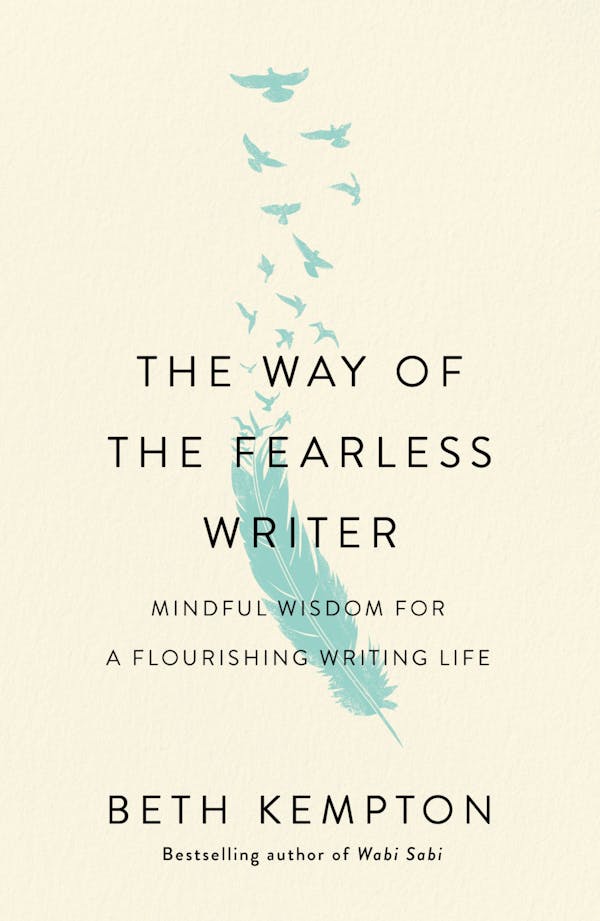
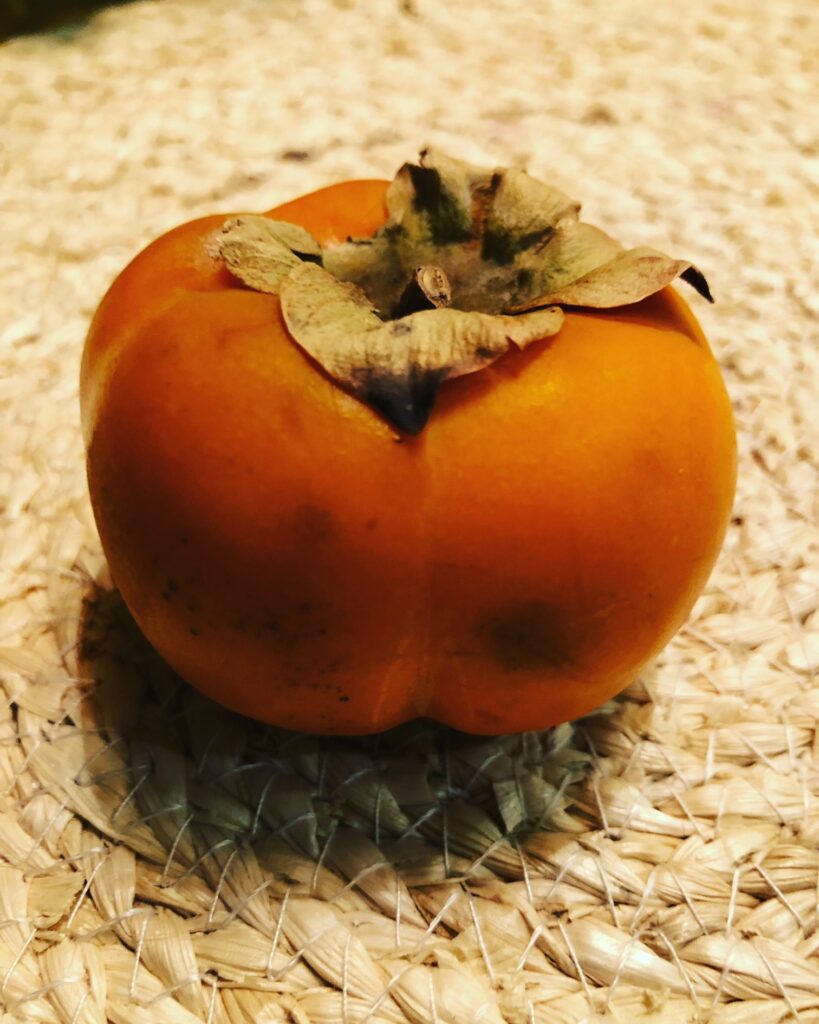
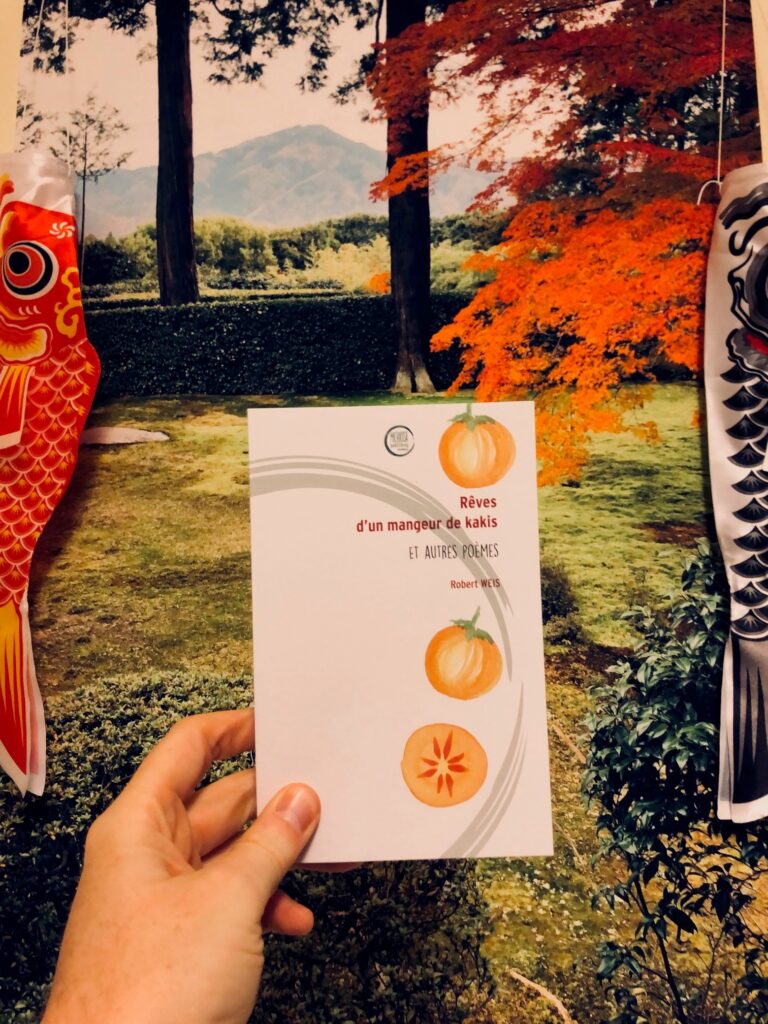
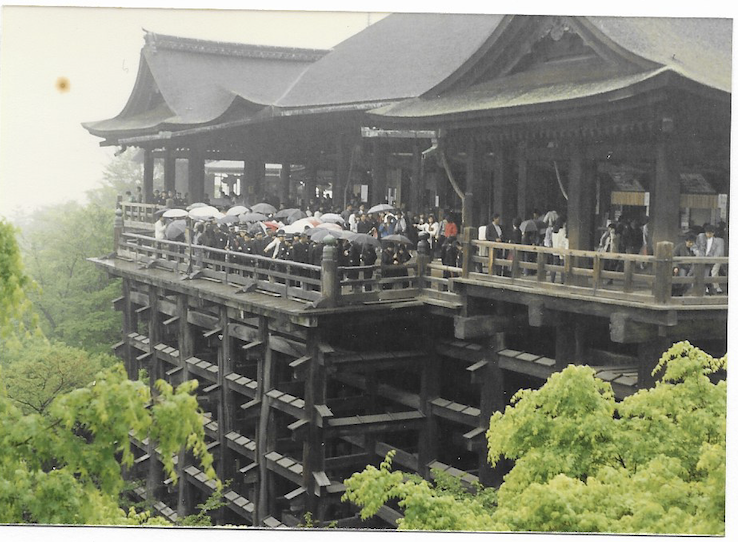
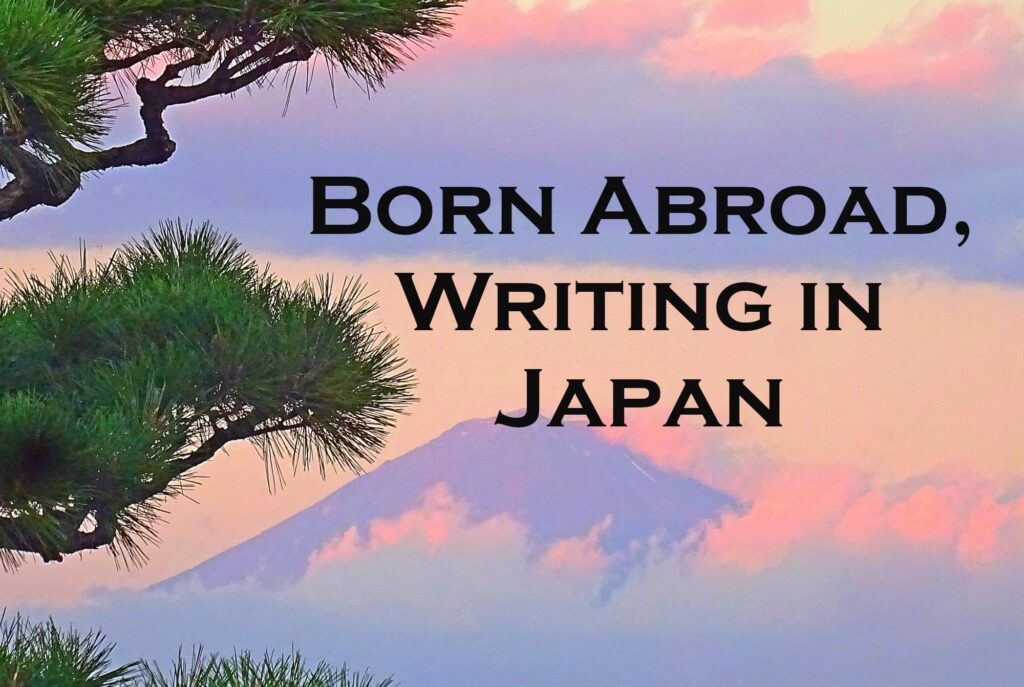

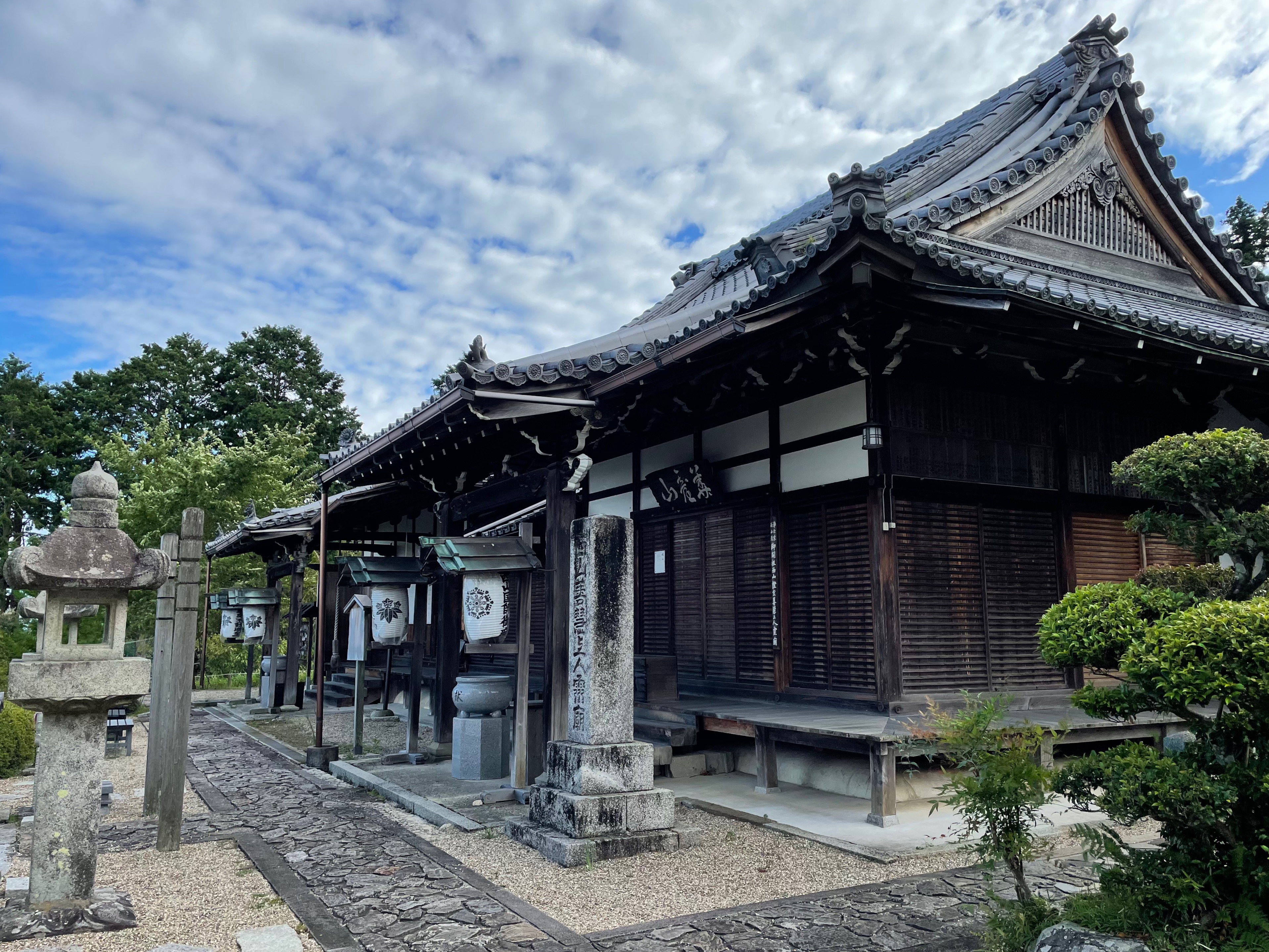





Recent Comments